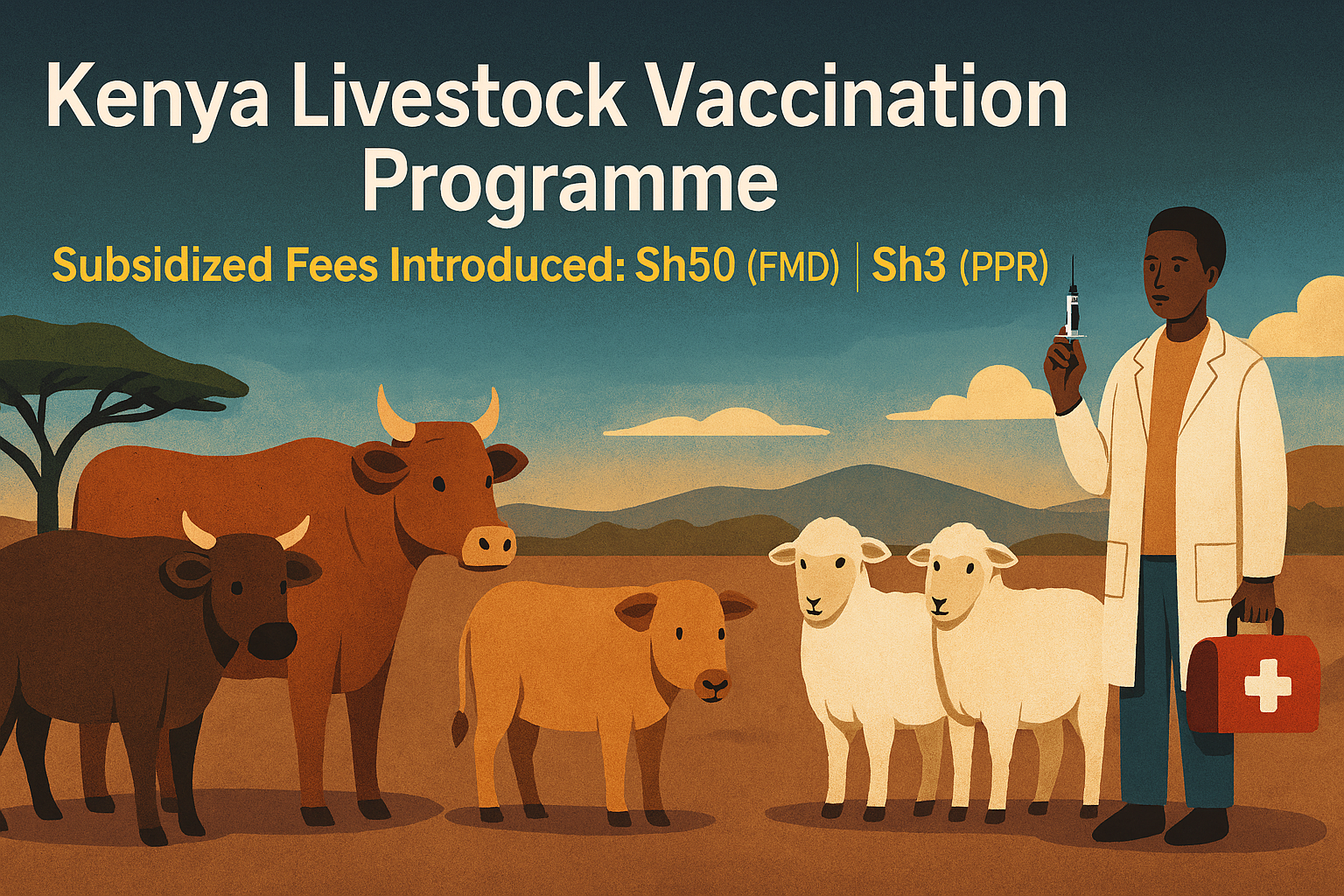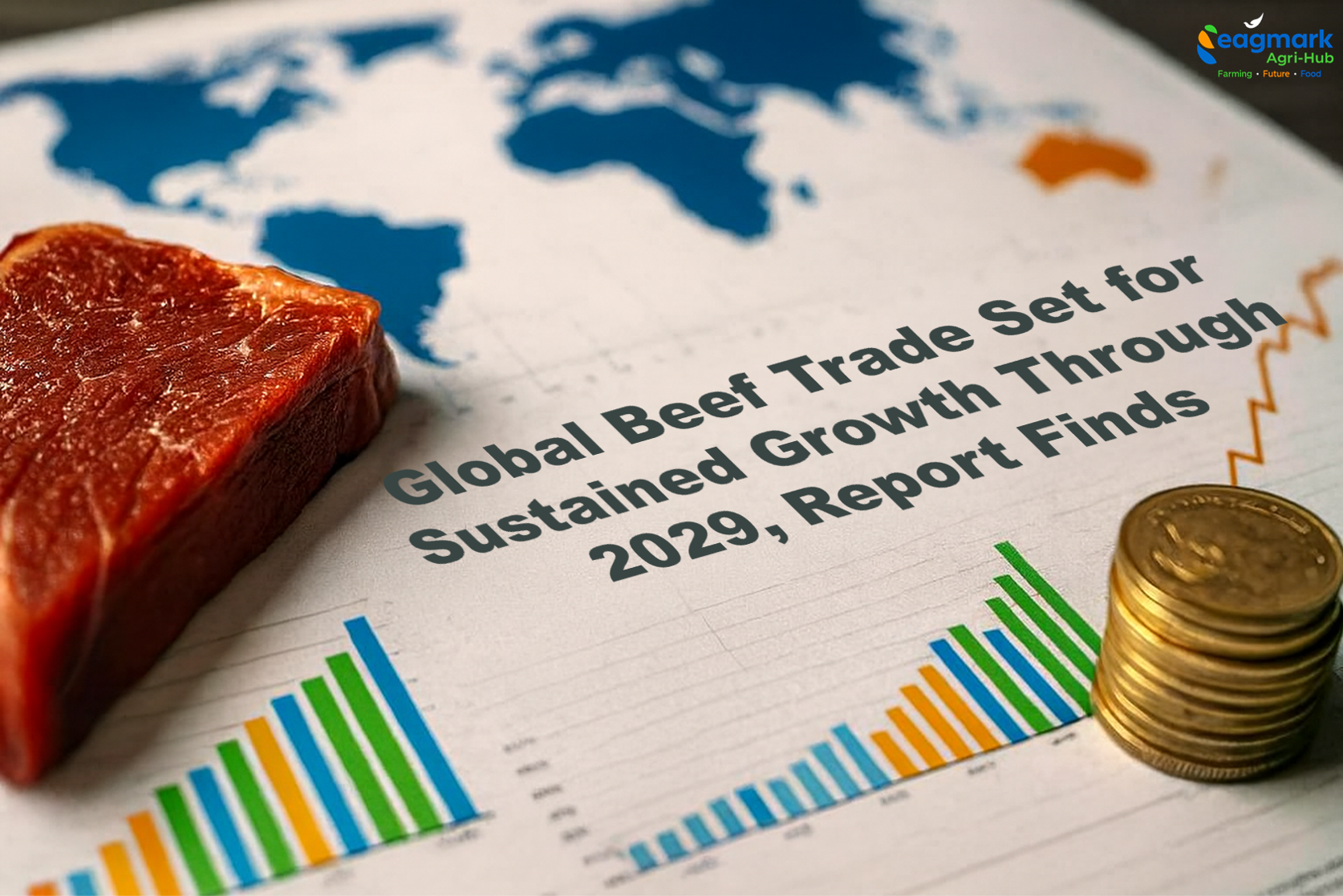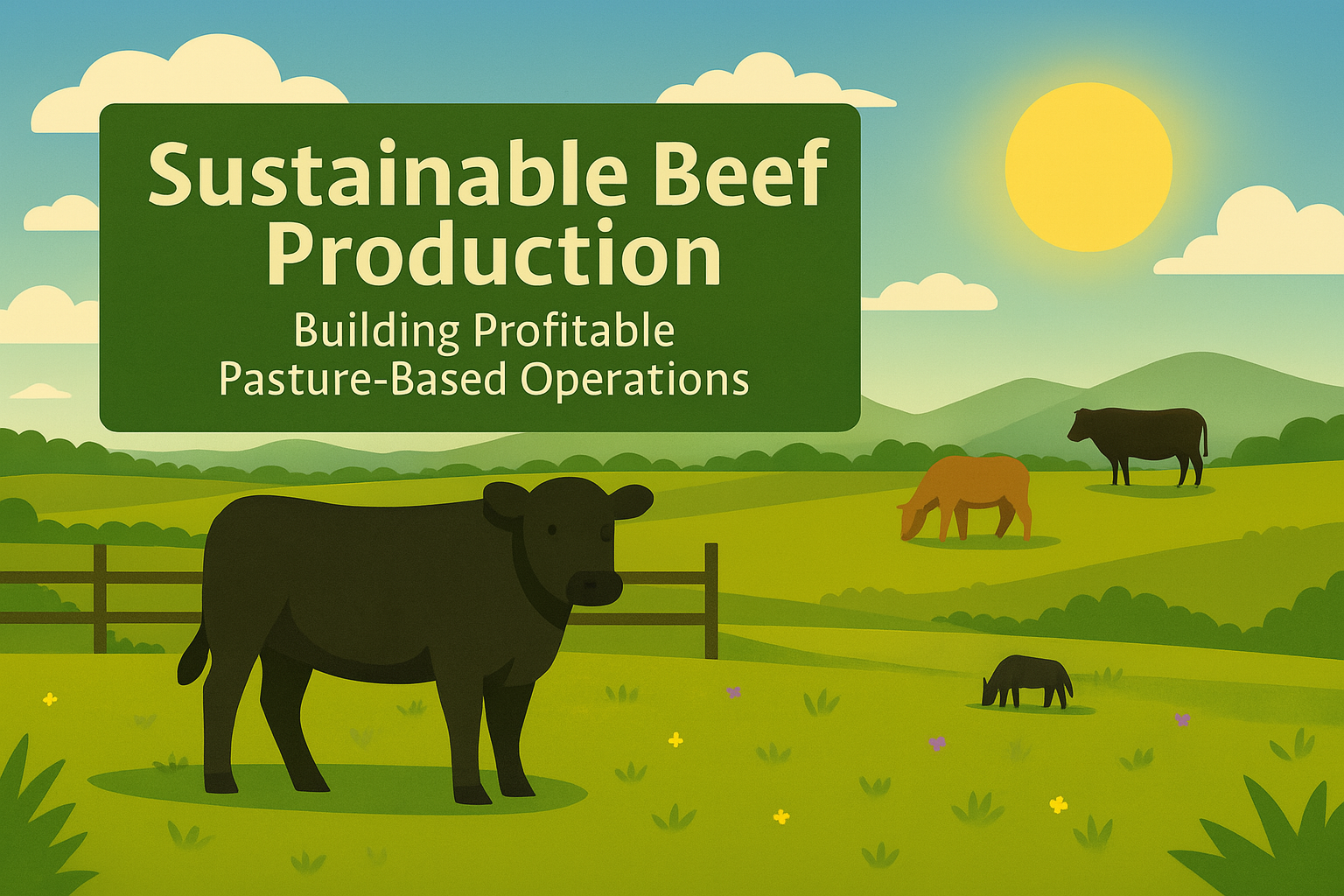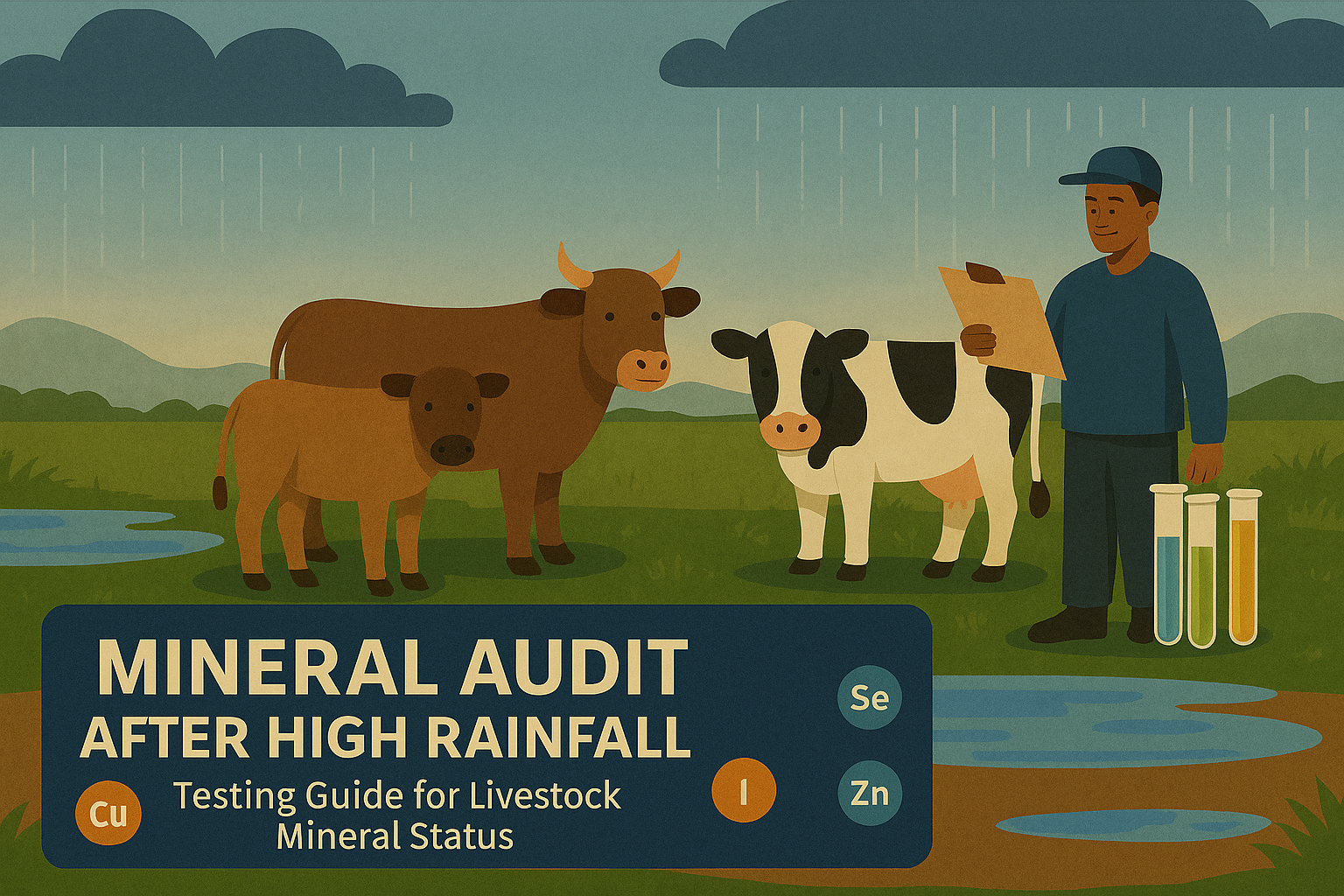
After a nine-month pause, Kenya's ambitious livestock vaccination programme is set to resume this month—but this time, farmers will be reaching into their pockets.
The government has introduced subsidized fees of KSh.50 (USD 0.39) per animal for Foot and Mouth Disease (FMD) vaccines and KSh.3 (USD 0.023) for Peste des Petits Ruminants (PPR) vaccines, marking a significant shift from the free nationwide campaign that kicked off in January 2025.
That initial drive achieved impressive results before officials put it on hold: over 4.4 million sheep and goats vaccinated, along with more than 750,000 cattle. But the pause wasn't about running out of steam or money—it was about building something more sustainable.
A New Approach to Animal Health
Dr. Allan Azegele, the director of veterinary services, is clear about the reasoning behind the change. "The government will only do free vaccinations during an emergency situation or when mass vaccination drives are necessary in order to achieve herd health management," he explained.
The new cost-sharing model aims to create a framework that farmer cooperatives can sustain over the long haul, rather than relying on government handouts that may dry up when priorities shift or donor funding disappears.
The pricing structure reflects the practical realities of livestock disease management. Cattle farmers will pay KSh.50 per animal for FMD vaccines, which need to be administered twice a year. Meanwhile, sheep and goat farmers get a better deal at just KSh.3 per animal for PPR vaccines—a one-time shot that provides lifelong immunity.
Let's put that in perspective: a smallholder farmer with 100 goats would pay a one-time fee of KSh.300 (USD 2.32). A cattle farmer with 50 animals, however, faces KSh.2,500 (USD 19.32) per vaccination cycle, or KSh.5,000 (USD 38.63) annually given FMD's six-month revaccination requirement.
Ambitious Targets with Digital Safeguards
The programme has set its sights high: 22 million cattle, 23 million sheep, and 35 million goats over three years. The focus is on two diseases that have consistently locked Kenya out of lucrative international livestock markets.
But here's what makes this restart different—the nine-month gap wasn't wasted time. Dr. Azegele was adamant about this: "The extended pause since January wasn't due to vaccine shortages or safety concerns or that we ran out of money, no."
Instead, officials spent those months developing an electronic voucher system designed to cut out the corruption and inefficiency that have dogged previous agricultural subsidy programmes. The platform sends SMS-based vouchers to farmers registered in the Kenya Integrated Agriculture Management Information System (Kiamis) database. These vouchers can only be redeemed through animal health service providers accredited by the Kenya Veterinary Board.
"This platform builds on the success of the fertilizer subsidy scheme," Dr. Azegele noted. The model channels services through Farmer Producer Organizations at the ward level, with County Veterinary Directorates ensuring vaccine quality, proper cold-chain storage, and professional delivery.
Earlier this year, pilot programs in Uasin Gishu and Baringo counties tested the digital model at scale. Government officials say the trials proved successful, though the introduction of user fees adds a layer of complexity that wasn't present during those initial tests.
Eyes on International Markets
Beyond keeping animals healthy at home, the Directorate of Veterinary Services is working on something that could transform Kenya's livestock trade: mapping disease-free compartments across the country.
These are designated zones where animals live under strict biosecurity protocols with verified disease-free status. According to program documents, this will "establish subpopulations of animals within one or more farms under a common biosecurity management system with a distinct health status with respect to FMD and PPR."
Right now, only Kenchic Hatcheries has achieved disease-free compartment status in Kenya. But the government's goal is more ambitious—enabling every county to establish and maintain such compartments. Success here could unlock markets that have been closed to Kenyan livestock products for decades.
The stakes are high, but so is the potential payoff. Government documents suggest that if vaccinations proceed consistently for three consecutive years, Kenya could eradicate PPR by 2027—three years ahead of the 2030 global target set by the World Organization for Animal Health.
For Kenya's farmers, the question now is whether this new model—balancing government support with farmer investment—can deliver on its promise of sustainable animal health management and access to those long-closed international markets.


